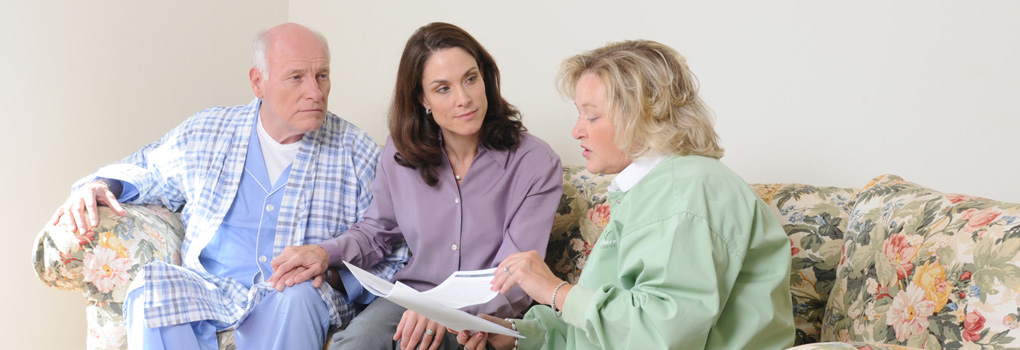Onboarding Patients with Dementia to Hospice

Larry sang to me. He sang to his wife of 58 years. Once, I even saw him serenade a young reporter. Since Larry had a great voice and seemed to sing with joy, no one minded when his meandering conversation was abruptly cut short by song. We should all be so lucky, I thought.
Despite the joyous singing and cheerful interaction with visitors, Larry suffered from dementia. The switches in his brain, somewhat unusually, flipped to happy when he was confused by strange faces. Rather than making him anxious, guests allowed him to be universally generous with hospitality.
Evaluating need
The saying goes, “When you’ve met one patient with dementia, you’ve met one patient with dementia.” We abide by that at Crossroads Hospice. It’s important to find the individuality and respond to the specific needs of that patient and that family. We never met a cookie cutter we liked.
We make use of the following prognostication tools. We’ve noted some of the facets that are particularly useful in each:
- Alzheimer’s/Dementia LCD: Defined by CMS, reviewing these with a new patient is absolutely necessary before sign-on to hospice.
- Functional Assessment Staging Tool (FAST): To help us assess the patient’s ability to communicate, which is our first goal, the FAST is useful. Anything at 7A or beyond indicates a communication issue that we will have to consider in planning.
- Bedside Confusion Scale, RASS Scale, SAS Scale: These can help us to determine the level of confusion and to determine if the patient is confused or suffering from delirium.
- Mini Mental Status Exam (MMSE)
“Now, in regards to caring for the patient, we don’t use checklists as each patient is an individual and unique,” says DeAnna Looper, RN, CHPN, CHPCA, Vice President of Clinical Operations at Crossroads Hospice. “We do establish an individual interdisciplinary plan of care for each patient, upon admission. This care plan is a fluid process and constantly changing to meet the changing needs of the patient.”
Communicating with the patient
The information we learn by using FAST, RASS, SAS, and the Bedside Confusion Scale help us to determine the most effective and least frustrating (for the patient) way to communicate. Family input is also helpful.
“Again, every patient and situation is different,” says Looper, “but we do educate our staff to:
- Avoid open-ended questions. “Yes or no?”, “The blue or the red?” are easier to handle than “What would you like to wear today?”
- Call the person by name. We all feel more human that way.
- Get the patient’s attention by limiting distractions.
- Speak slowly with simple words and sentences.
- Be patient. Wait for the patient to respond, if they are able.
- Avoid using confusing statements. Be prepared to rephrase your question or statement.
- Redirect if necessary.
- Reorient the patient to the place or time is useful. There are aids such as digital clocks that have the time, the day of week, date, and whether it is day or night. These can be reassuring. [Link?]
- Keep anxiety down by not quizzing the patient. This leads to confusion and frustration.
- Smile: that expression can make patients feel safe and unthreatened.”
Onboarding to hospice can be anxiety producing for families and patients, and even more so when the patient has dementia. Following protocol, with an extra bit of compassion and patience will serve all.
Related posts:
Making Hospice Meaningful for Patients with Dementia
Scores and Scales: Understanding the Balance of Hospice Eligibility
Acceptance Leads to Better Understanding of Alzheimer’s Patients




